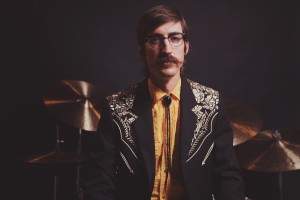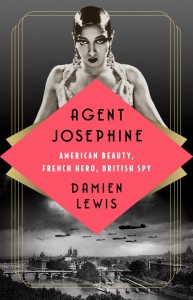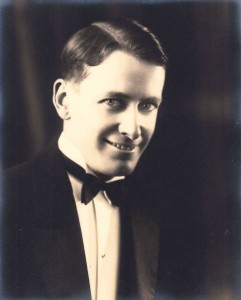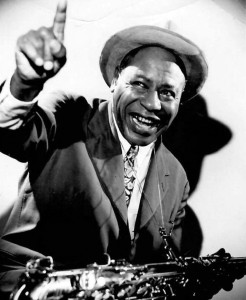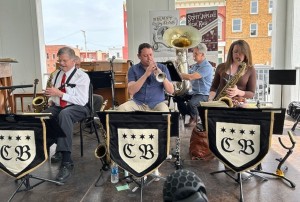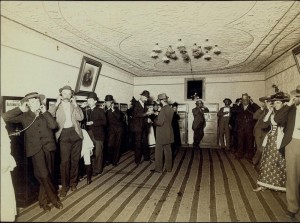
The Five Points, the Bowery, and the Phonograph
Between the 1820s and the early 1890s, the Five Points slum was the most feared neighborhood in New York. It was, however, the most diverse

Between the 1820s and the early 1890s, the Five Points slum was the most feared neighborhood in New York. It was, however, the most diverse
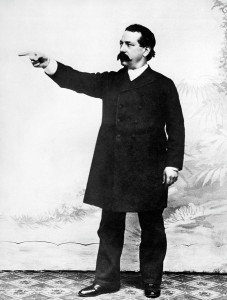
Musicians who worked in phonograph studios in the acoustic era were basically forced to fend for themselves for pay. The Musicians’ Union as we know
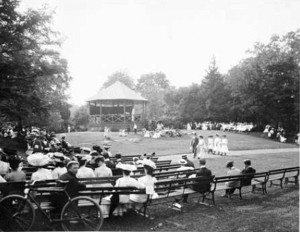
For over eight months, I have lived in the Bronx, specifically the neighborhood of Morrisania. Nothing is quite as exciting and inspiring as living in
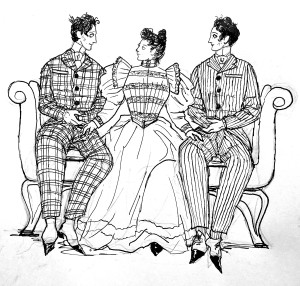
In the world of 19th century theater, there were many siblings who made their success by performing together. As the phonograph became a legitimate medium
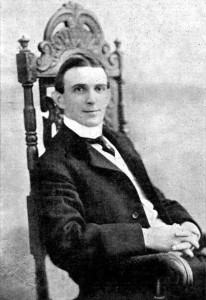
In the latter 19th century, a few daring publishers decided to try and combine their hustling status with the phonograph. In the 1890s it was
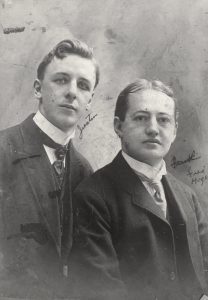
Since I moved to the Bronx back in September, I have been more inspired than ever to write and to draw. Living in the very
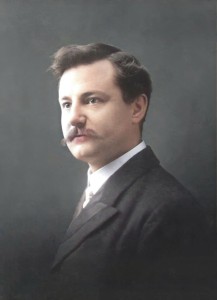
In the earliest days of the phonograph, many recording artists were forced to work extra jobs to make a living. None of the workers in
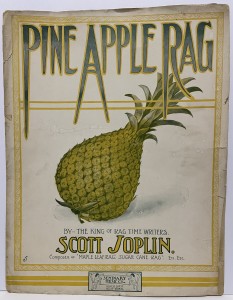
In 1908, a relatively small publishing firm named Seminary Music published a piece called “Pineapple Rag” by Scott Joplin. At this time, Joplin had freshly
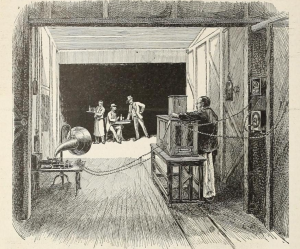
In the 1890s, many new technologies were being developed at the same time, and it’s no surprise that many of these fledgling fields would occasionally
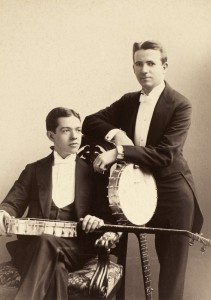
In the era of Tin Pan Alley, a few recording artists tried to unite their record making with sheet music publishing. In the latter 19th
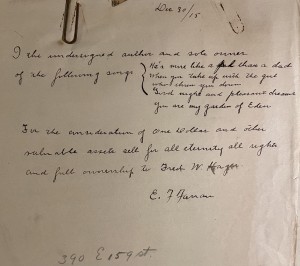
Recently, I went back to Medford, Long Island, to revisit the box of papers that once belonged to Fred Hager. While yes, I did go
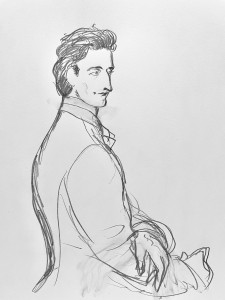
Just after I submitted the last piece on Jacob Silberberg, within a few days I did some more research and discovered much more on him.

In the realm of studying ragtime history, importance is often given to the banjo, and rightfully so. Some of the best sources of authentic ragtime
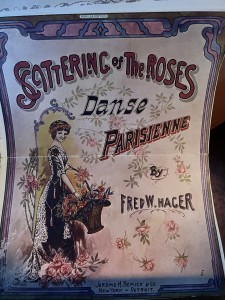
When I started pursuing the legendary scrapbook that once belonged to Fred Hager, one of the aspects of this ultimate treasure was a steamer trunk
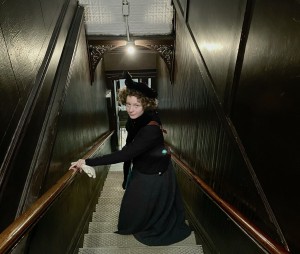
Back at the beginning of February, when the Northeast experienced a serious cold blast, I went back to New York City for more historical trespassing
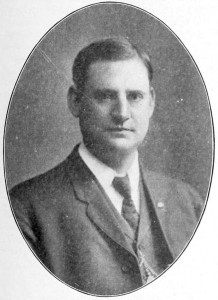
Few engineers live scandalous lives, but one emerged in the acoustic era that lived a rather extraordinary life. George Cheney came from a humble background,
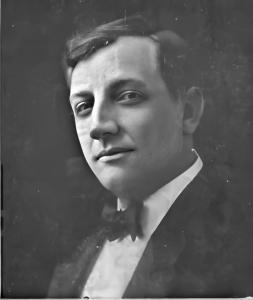
Every pianist has their own style, and as we study the accompaniments of the earliest acoustic recordings of the regular studio pianists of the 1890s
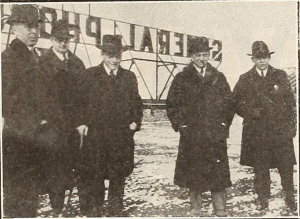
With a new year upon us, often we think of what will be entering in its centennial year. In 1923, the Okeh record company went
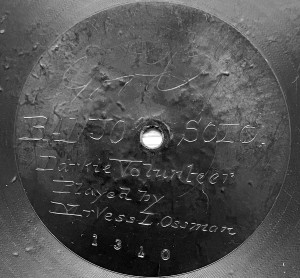
In the late 1880s Thomas Edison perfected his phonograph, and set up the Edison phonograph works in Orange, New Jersey, and at the same time
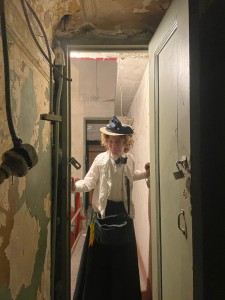
If you are a collector of early shellac disc records and cylinders, you’ll likely know that there is an awful lot of history in New
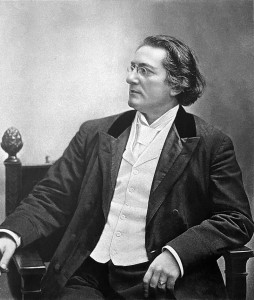
In 1895, a two volume book entitled The Music of the Modern World was published in New York. At first glance this might seem like
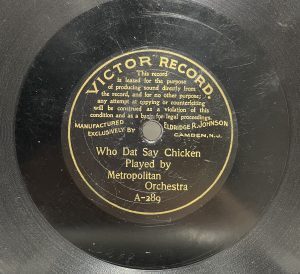
Since the introduction of the phonograph, syncopated music was commonly recorded. But often while flipping through collections of classic ragtime sheet music, it seems odd
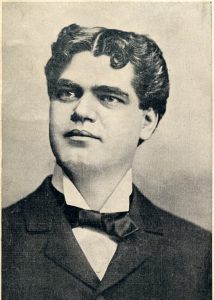
In 1899, recording artist Len Spencer decided to make a bold move: take his small group of phonograph friends on tour in a minstrel troupe.
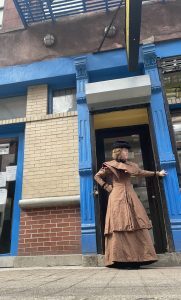
Even with all the adventures I had in NYC, as described in the previous three articles, there are still a few things I have not
